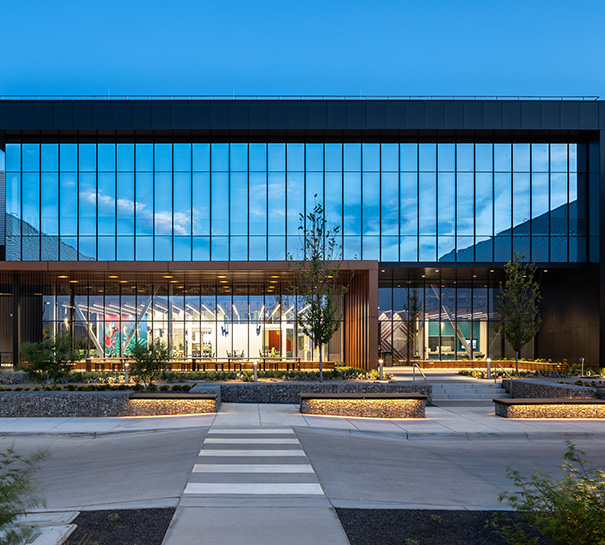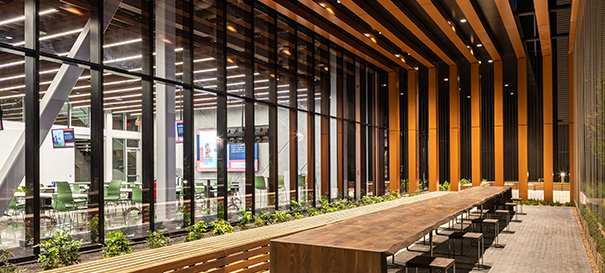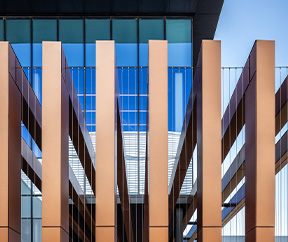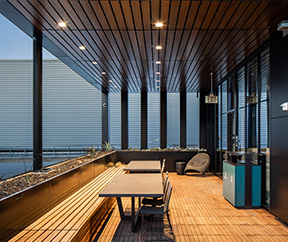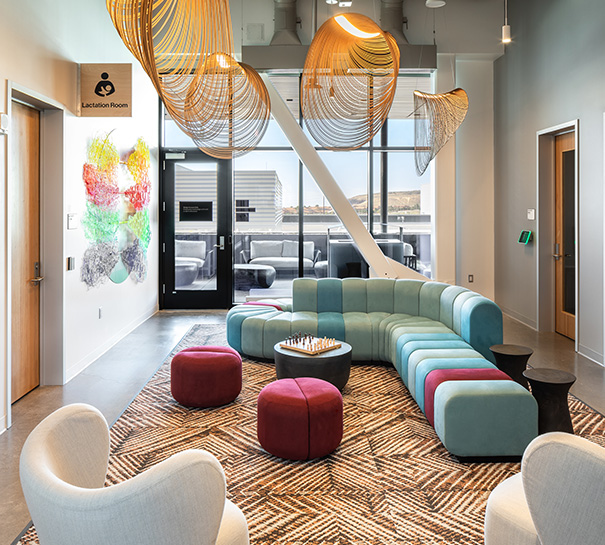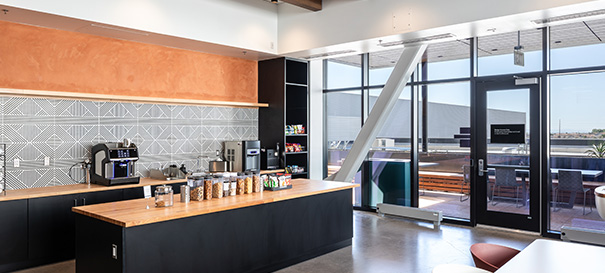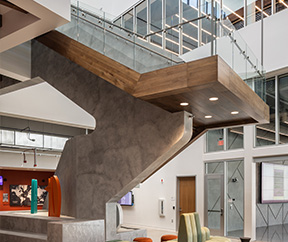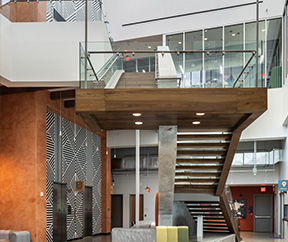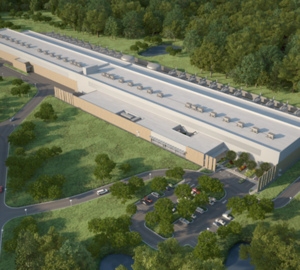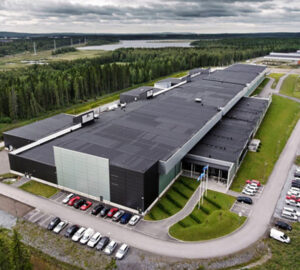Project Details
The Meta Data Center project is a state-of-the-art facility designed to support the massive global data demands of Meta’s social media platforms, including Facebook, Instagram, WhatsApp, and Oculus. The center will serve as a core hub for processing and storing vast amounts of data while providing Meta with a secure, energy-efficient, and scalable infrastructure to meet the needs of millions of users worldwide.
With a focus on sustainability, energy efficiency, and operational resilience, the data center was engineered to provide an optimal environment for high-performance computing hardware and ensure data availability with minimal downtime.
PASE provided the structural design for the building including the framing system, foundation and internal ceiling structure to support data, electrical and mechanical systems.
PASE designed the building to an enhanced performance level to meet the owner’s requirements for business continuity. Additionally, PASE provided structural design for tenant improvements including anchorage of interior electrical, mechanical and plumbing equipment and for the anchorage of equipment in the generator yard.
“This building features unique design which is a Sand Hood,” said Michael Zaleski, P.E., Project Engineer at PASE, “It’s an additional framing corridor intended as an extra means for the native sands to settle out of the surrounding air before entering the building.”
Situated at an altitude exceeding 5,000 feet, the campus posed additional challenges due to high-altitude conditions, including extreme weather and logistical complexities in construction and material performance.
“The rooftop units all had to be larger than normal, this caused the roof to be taller with increased demands on the structure,” describes Mr. Zaleski, “As a result, these used Special Concentric Braced Frames and larger members compared to other Meta Data Centers.”

